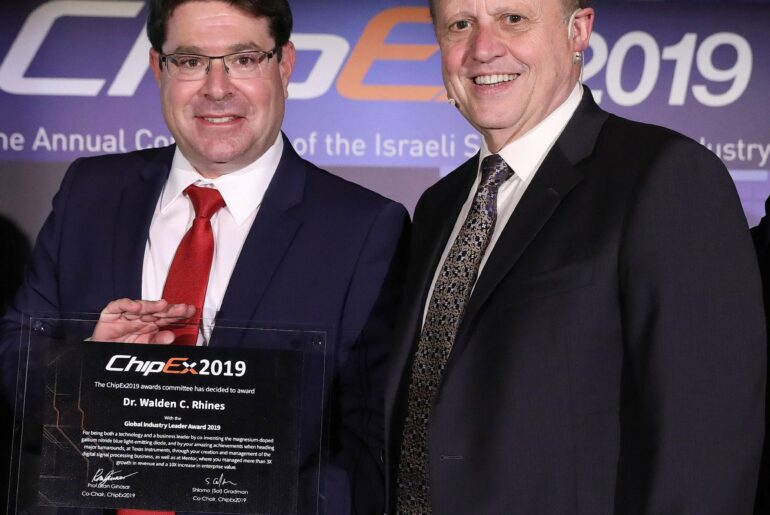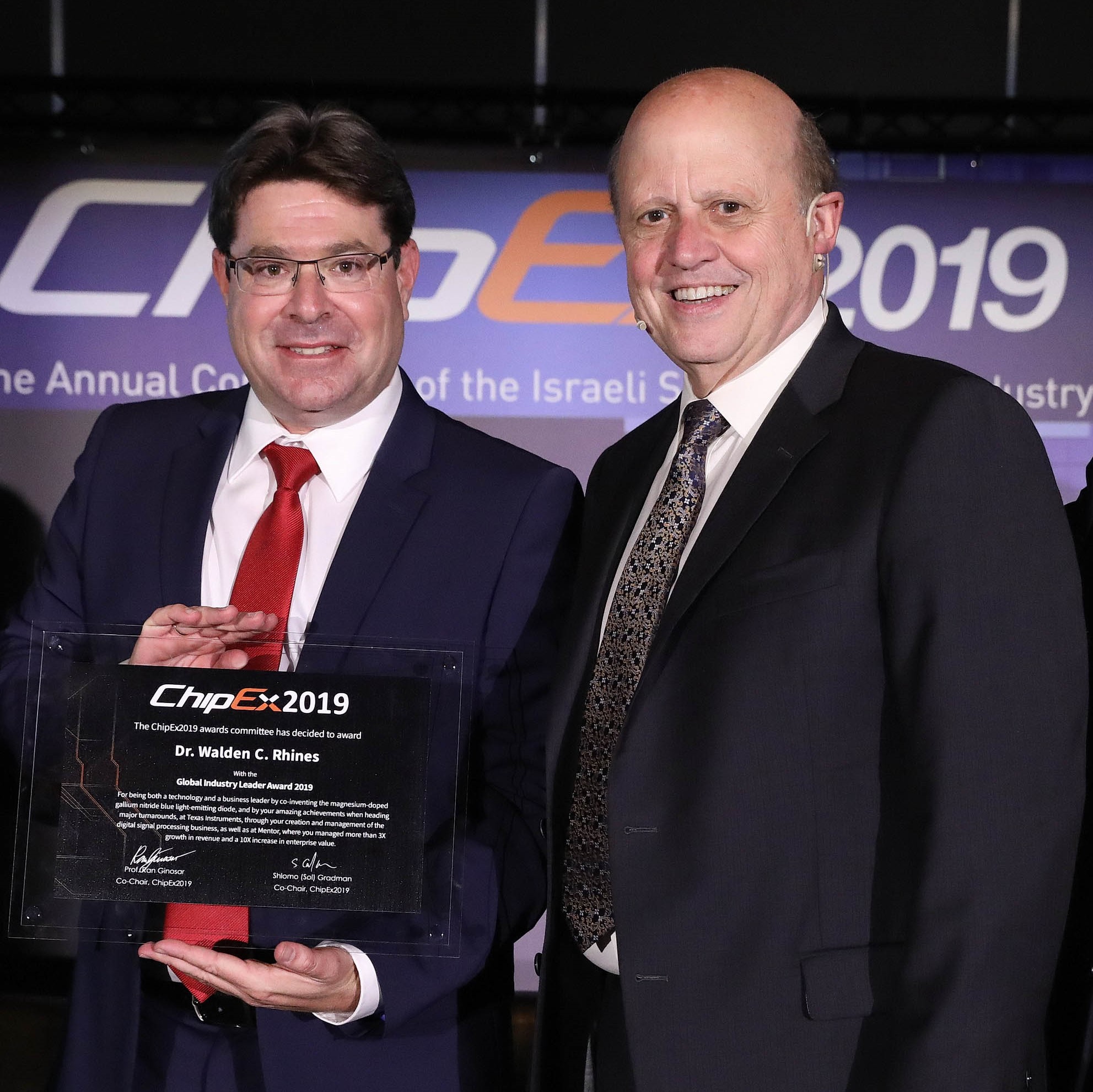We have known about this for several months now but it is now possible to find out that Dr. Wally Raines, the mythical CEO of Mentor Graphics and who led the company for 25 years to many successes as CEO and Chairman of the Board was appointed CEO several months ago Cornami.
Only in May 2019 did Raines visit Israel to receive the “Global Industry Leader” award given to him at a multi-participant ceremony as part of the opening event of the ChipEx2019 conference. Raines then served as Mentor’s CEO Emeritus after selling it to Siemens in 2017 but this year Raines decided to take on the leadership of a small startup company for success.
Kornami was founded in 2011 in Silicon Valley California by three veteran industrialists. Gordon Campbell, former founder of Chips and Technologies, who serves as chairman, Paul Master, who serves as CTO, and Dr. Fred Portek, chief scientist. The company was initially called Sviral but in 2016 changed its name to Cornami and since then it has focused on developing chip architecture for the areas of artificial intelligence (AI), machine learning (ML) and neural networks (NN).
The company has developed a scalable and parallel architecture that meets the changing needs of processing huge data sets. Its technology defined by software that varies according to the processing needs in the field provides unprecedented scalability from thousands of cores in a single chip to millions of cores in each system.
Kornami is designed for applications in the fields of IoT, Fintech, Edge Computing, and cloud computing that require high performance anywhere and on any device, with high advice and low latency.
Until the addition of Raines, Gordon Campbell, known as “Gordy”, served as the company’s CEO but will now be content with the title of active chairman and help Raines enter his position and lead the company’s development as well as the capital it needs to complete its innovative products.
Says Raines: “Despite what it seems today, artificial intelligence is not a new technology. As early as 1986 I was active in this field. In those days we tried to develop products in the field of artificial intelligence but the infrastructure that existed then did not allow us to develop economically viable products. Today von Neumann’s traditional computing architectures are insufficient to cope with the high workloads and a fundamentally new architecture is required. I must admit that when I met Kornami I was initially skeptical about their abilities but as I dug deeper I discovered that their team was able to develop a successful multi-core programming model followed by a unique scalable computational texture. Completely reverse from most chip companies.
So it seems to me that we have built-in advantages in terms of developing high-growth markets, as they can be redefined and optimized to map algorithms that provide the highest efficiency in terms of performance, computational power, and cost… This convinced me to want to be part of Kornami’s journey and I’m very glad Gordy He invited me to join the company. “






